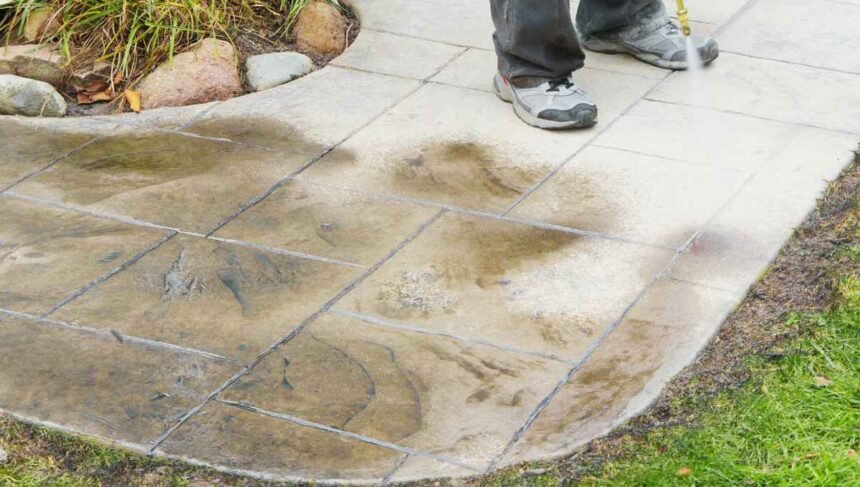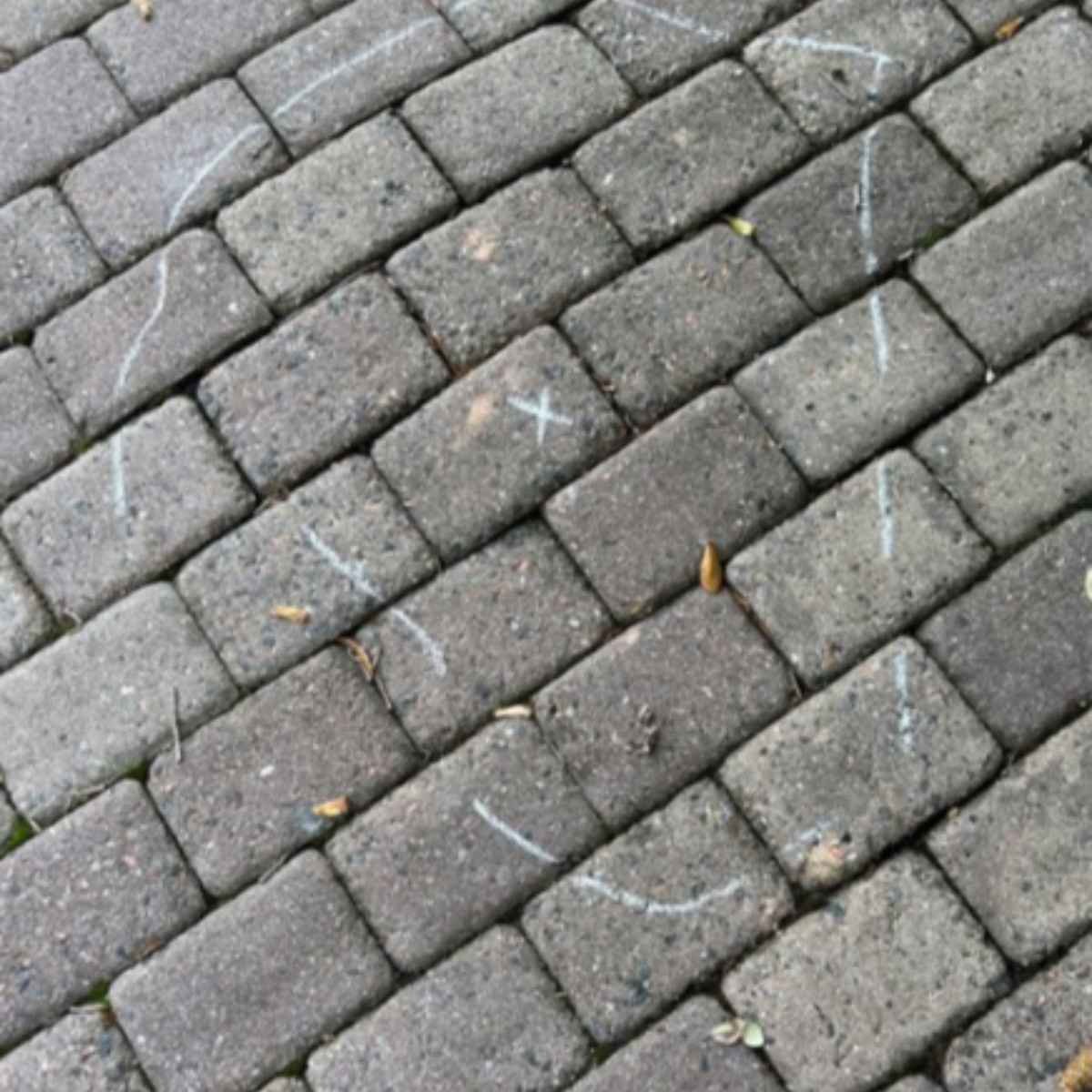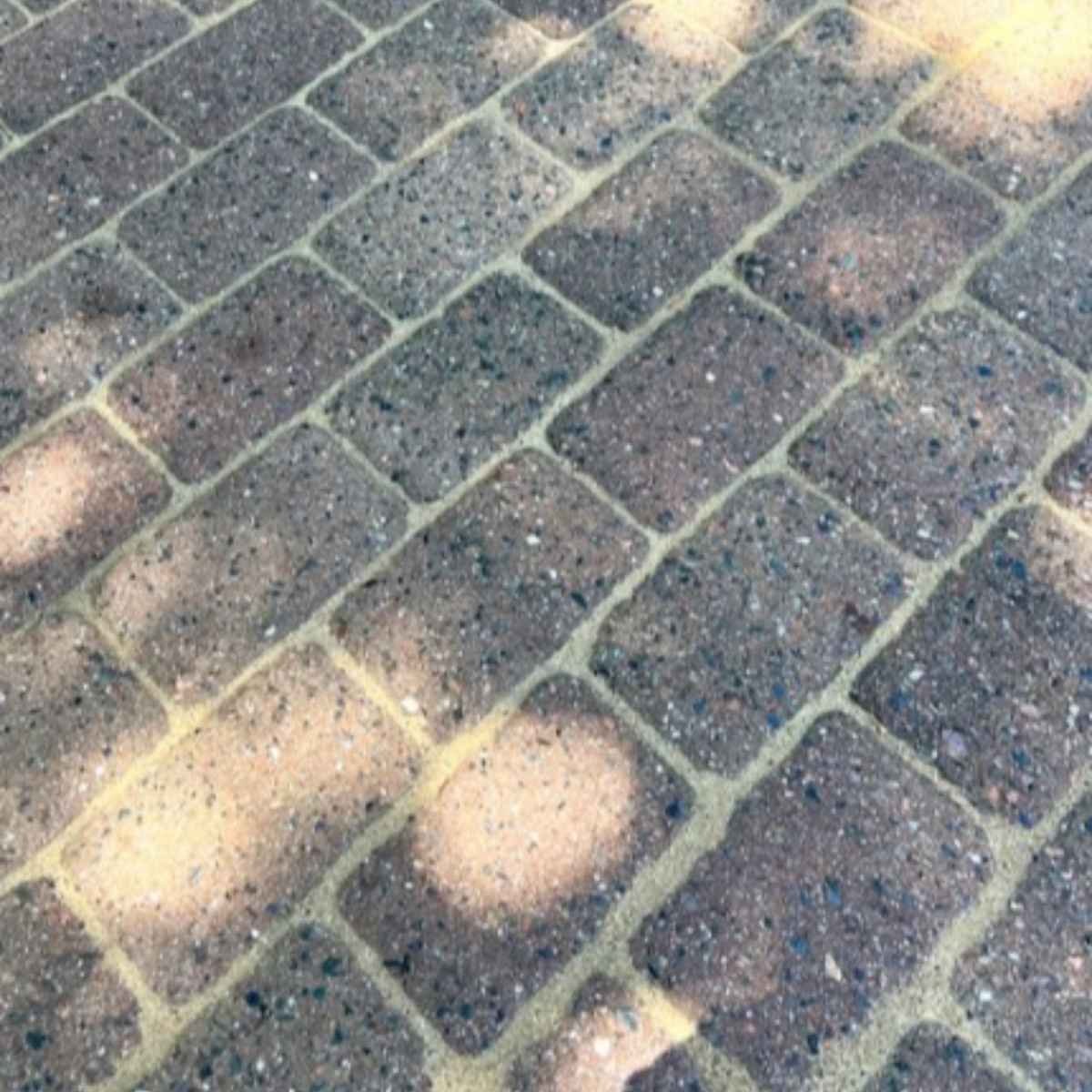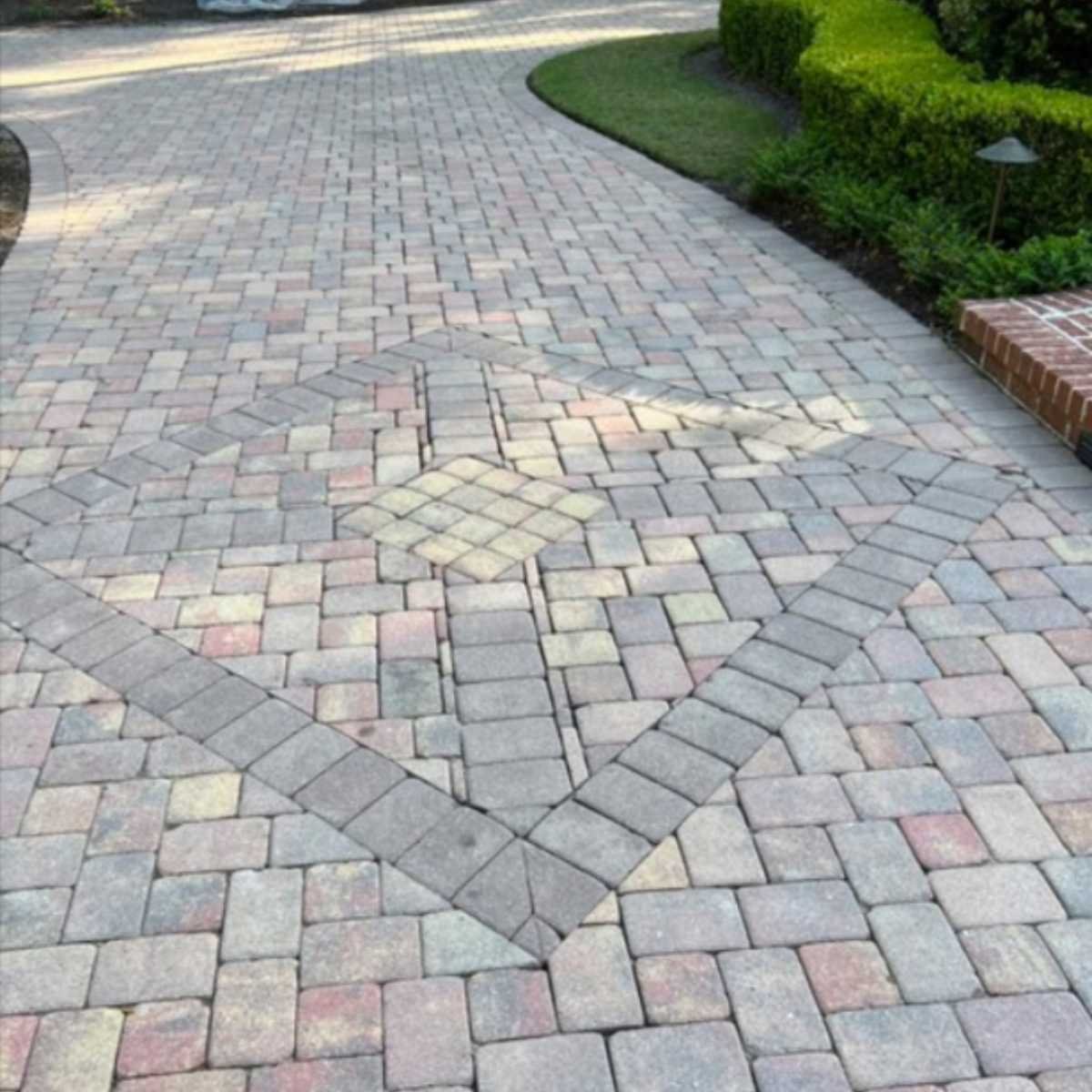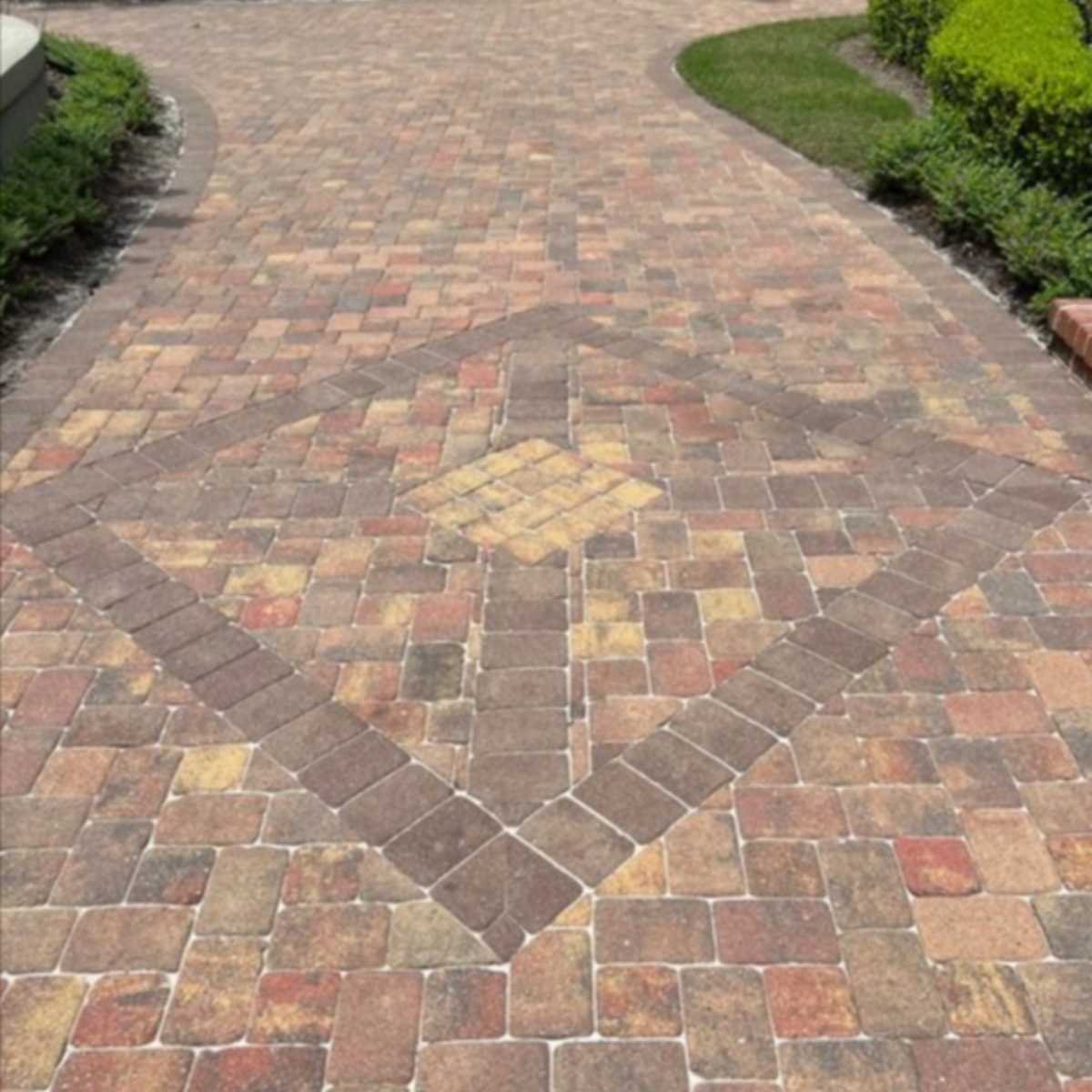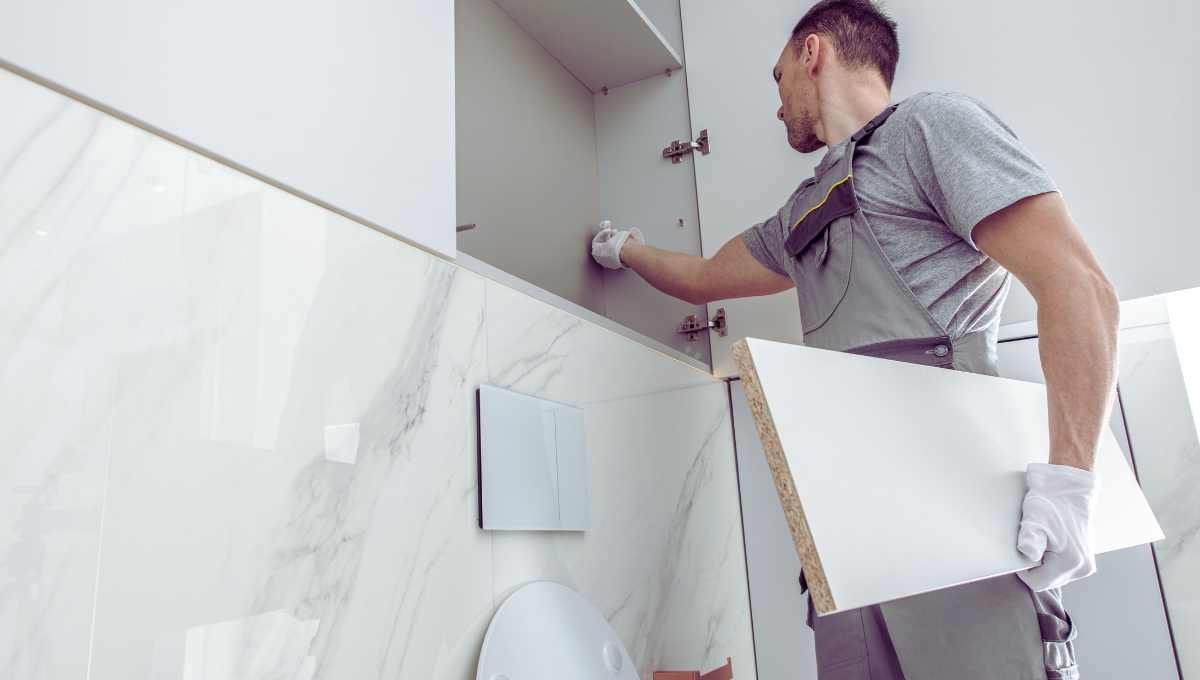If you’ve ever looked at a beautifully smooth and even piece of concrete and been amazed, it was probably sealed with a concrete sealer. They protect your concrete floors, walkways, patios, and more in a way that you can’t see.
They protect the concrete from spots, damage from water, and early wear and tear while also making it look better.
What is a concrete sealer, though, and why is it so important? There are many types of concrete sealers, each with its own benefits and ways to use them. In this article, I will go over all of them in detail. Get ready to learn all about this unknown hero of the real world.
Understanding Concrete Sealers: What They Are and Why You Need Them
At its core, a concrete sealer is a liquid coating applied to the surface of concrete to create a protective barrier. Think of it as a raincoat for your concrete surfaces, shielding them from the elements and everyday wear and tear.
Concrete is a porous material, which means it can absorb liquids, dirt, and other contaminants. This can lead to staining, discoloration, and even structural damage over time.
Concrete sealer act as a barrier, preventing these unwanted substances from penetrating the surface and causing harm.
But that’s not all! Concrete sealer also offer a host of other benefits, including:
- Improved Durability: By creating a protective layer, sealers help concrete surfaces resist abrasion, cracking, and spalling (the flaking or chipping of the surface).
- Enhanced Appearance: Many sealers can enhance the natural color of concrete or provide a glossy, wet-look finish, giving your surfaces a fresh, rejuvenated appearance.
- Easier Maintenance: Sealed concrete surfaces are much easier to clean and maintain since dirt, grime, and spills can’t penetrate as deeply.
- Reduced Moisture Absorption: Sealers prevent moisture from seeping into the concrete, which can cause issues like freeze-thaw damage, efflorescence (a white, powdery residue), and mold growth.
Example of Concrete Sealer (Before-and-After)
Types of Concrete Sealer
There are different kinds of sealers for concrete. There are a number of different kinds, and each has its own usefulness and qualities. Here is a quick list of the most popular choices:
- Acrylic Sealers: These water-based concrete sealer are some of the most usual ones. They protect against UV rays very well, which makes them perfect for use outside. Also, acrylic sealers are simple to use and not too expensive.
- Epoxy Sealers: Epoxy sealers are the best choice if you want something to last a long time and not react with chemicals. These two-part sealers make a thick, tough layer that can stand up to rough weather and a lot of foot traffic.
- Penetrating Sealers: As the name suggests, these concrete sealer go deep into the concrete and make a shield from the inside. Also, they won’t change the way the concrete looks naturally and are great at keeping water out.
- Polyurethane Sealers: These solvent-based concrete sealer give concrete a shiny, wet look that brings out its color and structure. Because they last a long time and don’t react with chemicals, they’re often used in industrial and business settings.
- Siliconate Sealers: These water-based sealers are very good at keeping water out and letting air pass through. They let moisture mist escape but not liquid water. They’re a great choice for concrete areas outside.
Picking the right sealer relies on where it will be used (inside or outside), how it should look, and how much traffic or wear and tear it will get.
Concrete Sealer Cost Calculator
Get Your Concrete Ready for Sealing: Tips for Success
It’s important to properly prepare the area before you can apply a concrete sealer. If you skip this step, the glue might not stick well, it might fail too soon, and you’ll be very frustrated.
Here is a quick outline of the steps needed to get ready:
- Clean, Clean, Clean: First, use a degreaser or concrete cleaner to clean the surface of the concrete well and get rid of any dirt, oil, grease, or other toxins. This will help the sealer stick to the surface properly.
- Repair Cracks and Damage: There are cracks, holes, or other damage in your concrete? Fix it with epoxy filler or concrete patching solution. For sealer to stick well, the surface must be smooth and whole.
- Etch or Grind: Depending on the sealer you’re using, you might need to etch or grind the concrete to make it rougher so that the sealer sticks better. This is very important for thick, smooth concrete.
- Remove Previous Sealers: If you’ve already coated your concrete, you’ll need to get rid of any leftover sealer before you put on a new coat. Using chemicals to strip or grinding by hand can both do this.
- Allow Proper Curing Time: Before finishing, concrete that has just been poured should be left to cure for at least 28 days. If you put on a sealer too soon, it can trap water and cause problems later on.
Even though it might seem like a lot of work to properly prepare your concrete surface, trust us—it’s worth it in the end. A surface that has been properly prepared will hold the sealer in place and last for years.
Concrete Sealer Product Comparison Tool
Application Techniques
Now that the concrete surface is clean and ready, it’s time to put the finish on it. You shouldn’t just slap it on though—there is a right way and a wrong way?
Here are some tips on how to properly apply sealant:
- Choose the Right Application Method: It depends on the sealer and the size of the area whether you should use a brush, a sprayer, or even a squeegee. To get the best results, do what the maker says.
- Work in Sections: It’s not a good idea to try to cover a lot of ground at once. Instead, work in smaller chunks, covering each one a little to make sure you cover everything.
- Apply Thin, Even Coats: For the best protection, most sealers need more than one thin coat. If you put on too much sealer in one coat, it can bubble, peel, and cause other problems.
- Allow Proper Drying Time: Allow enough time for the items to dry. Before the next coat can be put on, the last one must be completely dry and set. It could take a few hours or a few days, based on the sealer in use and the weather.
- Follow Manufacturer Instructions: It is very important to follow the manufacturer’s directions exactly as they are written. This includes instructions on how to apply the paint, how long it should dry, and any other important things to keep in mind.
Remember that if you use sealer correctly, it can keep your concrete surfaces safe for many years. Do things slowly and carefully, and don’t be afraid to ask for help if you’re not sure about any part of the process.
Maintenance and Reapplication
No matter how good the sealer is, it won’t last forever. The finish can wear off over time due to UV rays, foot traffic, and bad weather. This leaves your concrete open to damage again.
To keep the look of your concrete surfaces in good shape and protect them completely, you should do regular care and reapplication.
Here are some ways to keep your finished concrete in good shape:
- Regularly sweep or gently hose off your sealed concrete to get rid of dirt, trash, and other things that can wear down or damage the sealer.
- Every one to three years, or more often if the sealer gets worn down, you may need to put it on again. Watch for signs of wear, such as fading, dulling, or water that doesn’t bead on the surface.
- If your concrete has been coated, don’t use harsh chemicals or rough cleaners on it. These can damage or remove the sealer. Stick to cleaners with a neutral pH that are made for hardened concrete.
- If a spot does happen, use a concrete stain remover or degreaser right away to get rid of it. There will be more damage to the sealer if you try to clear a stain after a while.
- For bigger areas or surfaces that get a lot of use, it might be best to hire a professional concrete coating company to do the job again. They have the right tools and know-how to make sure the finish is perfect and lasts a long time.
Concrete Sealer Maintenance Schedule Generator
Frequently Ask Questions
Can I apply a concrete sealer over an existing sealer?
In most cases, it's not recommended to apply a new sealer over an existing one. The interaction between different sealer types can lead to adhesion issues, bubbling, or premature failure of the new sealer. It's best to remove any old sealers first through chemical stripping or mechanical grinding before applying a fresh coat.
How do concrete sealer perform in extreme temperatures?
Different sealer types have varying temperature tolerances. Acrylics and penetrating sealers tend to perform well in both hot and cold climates, while epoxies and polyurethanes may be more susceptible to yellowing or chalking in intense UV exposure. Always check the manufacturer's temperature guidelines for the specific sealer you're using.
Can concrete sealer be used on vertical surfaces?
Yes, many concrete sealer can be applied to vertical surfaces like walls or columns, but the application process may differ from horizontal surfaces. Vertical surfaces may require specialized application techniques, such as spraying or using thickened sealer formulations to prevent dripping or sagging.
How do concrete sealer interact with radiant heating systems?
If you have a radiant heating system installed beneath your concrete floors, it's crucial to choose a sealer that can withstand the heat and moisture vapor transmission. Penetrating sealers and certain epoxy formulations are often recommended for such applications to prevent delamination or bubbling.
Can concrete sealer be used on surfaces with existing cracks or damage?
While sealers can help protect concrete surfaces, they are not designed to bridge or repair existing cracks or structural damage. Any cracks, holes, or spalling should be properly repaired using concrete patching compounds or epoxy fillers before applying a sealer.

